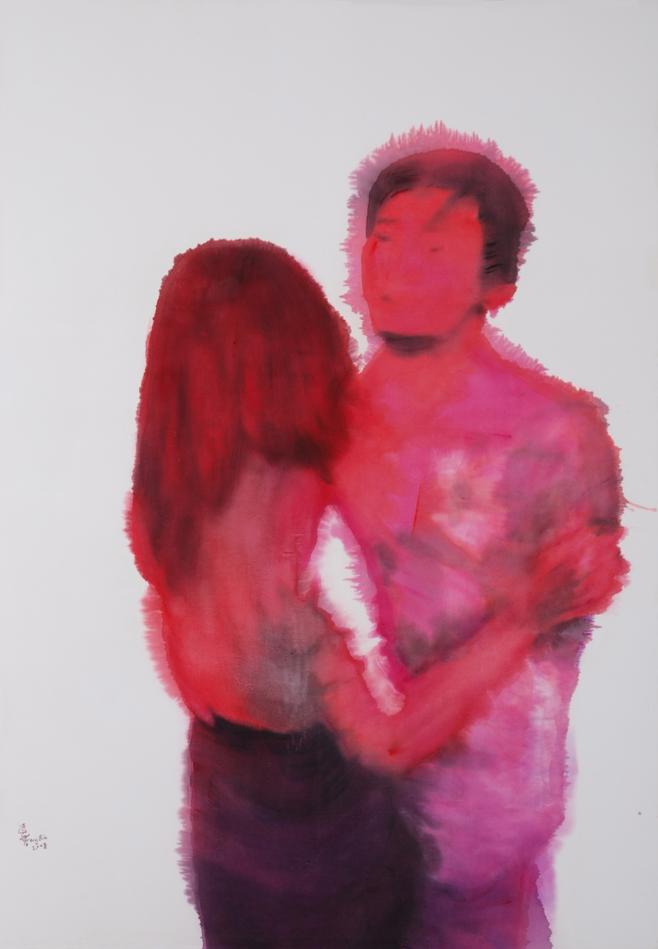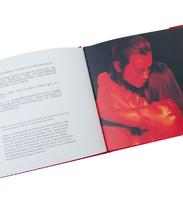artist profile
Feng Bin
born
1962
lives and works
Chongqing, China
education
BFA, Department of Traditional Chinese Painting, Sichuan Fine Arts Institute, Chongqing, China, 1981
about the artist
Artist, curator, and educator, Feng Bin is profoundly invested in his artistic enterprise—to arrive at a solution in the contemporary context to the age-old tradition of ink painting. As a student, he was trained in guohua, or classical Chinese painting; now, he is preoccupied with how to evolve the medium so that it may be equipped to express the condition of today. He has held various positions of art instruction, such as Visiting Instructor in Chinese Calligraphy and Chinese Painting at the Amsterdam School of the Arts in the Netherlands and Instructor in Chinese Painting for Postgraduate Courses at the Central Academy of Fine Arts in Beijing, and he is currently, among other roles, Associate Professor at the Sichuan Fine Arts Institute in Chongqing and Director of its Art Museum. He has sat on committees for a number of biennials, art fairs, and exhibitions, acting as curator and advisor. Most notable of these is the Chengdu Biennale; the artist has contributed heavily to its success since its inauguration in 2001. Feng has also exhibited his ink paintings all over the world, in Canada, Taiwan, New Zealand, Europe, and the United States, and extensively within China as well.
Early in his career, Feng produced a series of paintings that took Tibetan buildings and cultural referents found in Sichuan as its thematic nucleus. Against the staunch immobility of the looming architecture, the artist inserted apparition like figures that appear, through their blurred, painterly silhouettes, to be in rapid movement. The problem of the “body in motion” persists throughout his career and it is a relentless investigation that eventually delivered him to his current “Dance” series, one that conflates the artist’s dexterity in wielding ink with the properties of modern media. Venturing into the world of canvases, acrylics, and watercolors, Feng conjures up a reverie punctuated by nameless dancers who waltz in and out of vision. The washes of pigment are so seamlessly layered together that a luminosity emerges amid a composition teetering between representation and abstraction. The cool anonymity of the depicted scenes clash with their visual warmth, a paradox not unlike the prevalent phenomenon of social dancing, where strangers meet in a mutual thirst for physical intimacy and perhaps something more. Amounting to an oblique commentary on contemporary urban China, Feng’s “Dance” series ("Dancing in Red Shadows" represents the series' largest work yet) propels forward the legacy of Chinese painting in subtly innovative directions.






